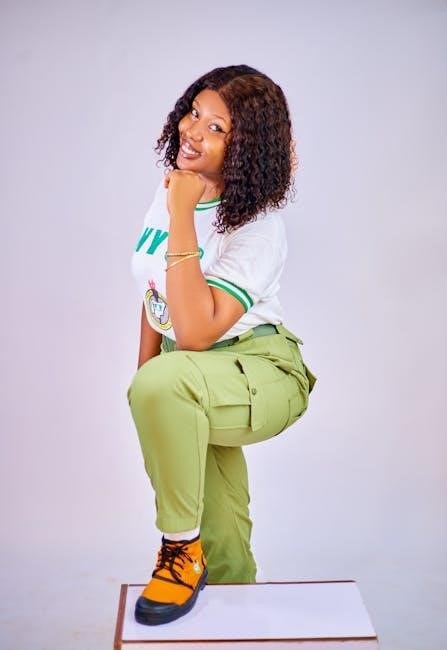The Guido Look is a distinctive style associated with Italian-American subculture, characterized by flashy, bold fashion, heavy jewelry, and a focus on physical appearance, emphasizing gym, tan, and laundry (GTL).
Definition and Cultural Context
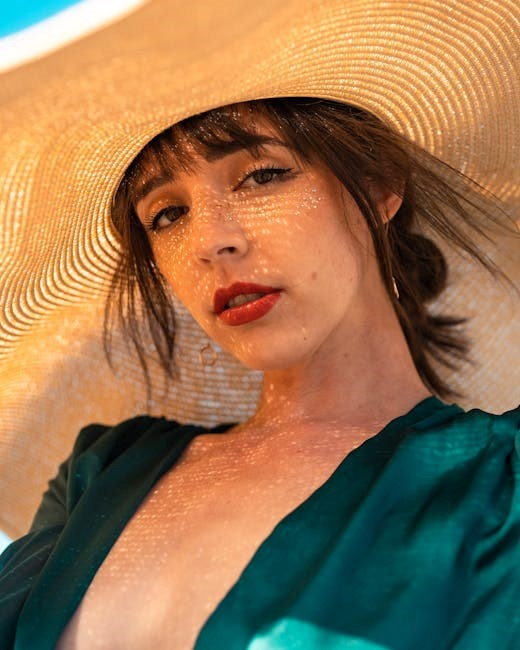
The Guido Look refers to a distinctive subcultural style and lifestyle primarily associated with working-class Italian-Americans, particularly in urban East Coast areas like New Jersey and New York. It is often stereotyped as flashy, bold, and overly macho, emphasizing physical appearance, fashion, and material display. The term “Guido” has evolved from an ethnic slur to a self-identified label, though it remains controversial. Central to the Guido aesthetic is the GTL routine—gym, tan, and laundry—which underscores a focus on muscularity, bronzed skin, and immaculate clothing. While some view the subculture as superficial, it reflects a vibrant, if complex, expression of Italian-American identity, blending heritage with modern urban influences. The Guido Look is both a lifestyle and a visual statement, often misunderstood but deeply rooted in its cultural context.
Evolution Over Time
The Guido Look has undergone significant changes over the decades, reflecting shifting fashion trends and cultural influences. Originating in the 1980s, it was heavily influenced by the disco era, with tight-fitting clothing, flashy jewelry, and pompadour hairstyles. By the 2000s, the style evolved to emphasize gym culture, with muscle-focused fashion and tanned skin becoming central. Reality TV shows like Jersey Shore popularized the subculture, introducing terms like “GTL” (gym, tan, laundry) to a wider audience. Today, the Guido Look blends modern streetwear with classic elements, such as bold logos and statement accessories. Despite its evolution, the core emphasis on physical appearance and material display remains, making it a dynamic yet enduring subcultural phenomenon.
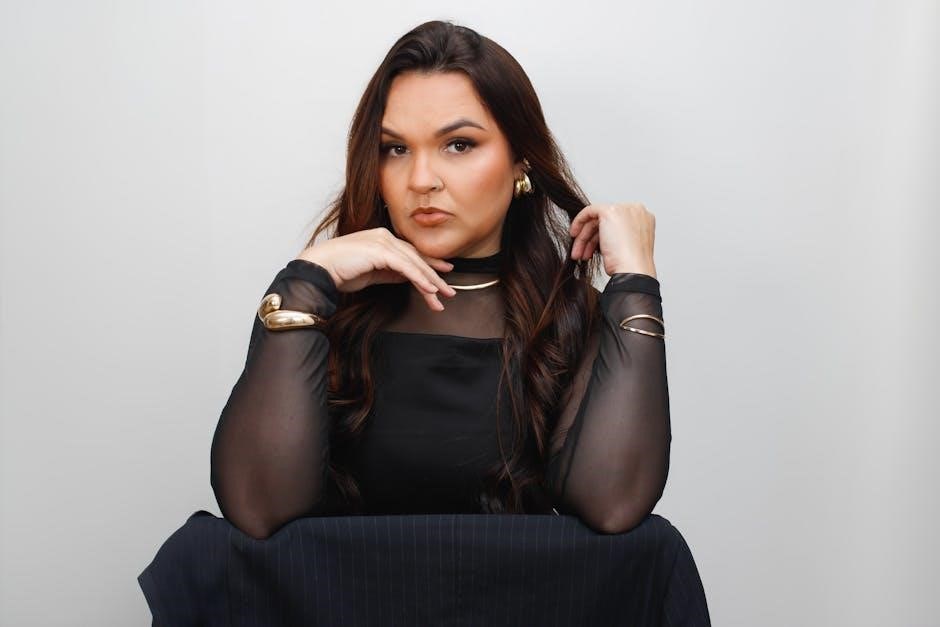
Historical Background
The Guido Look originates from working-class Italian-American communities, emerging as a distinct subculture in urban areas, blending traditional heritage with modern identity and media-influenced stereotypes.
Origins and Development
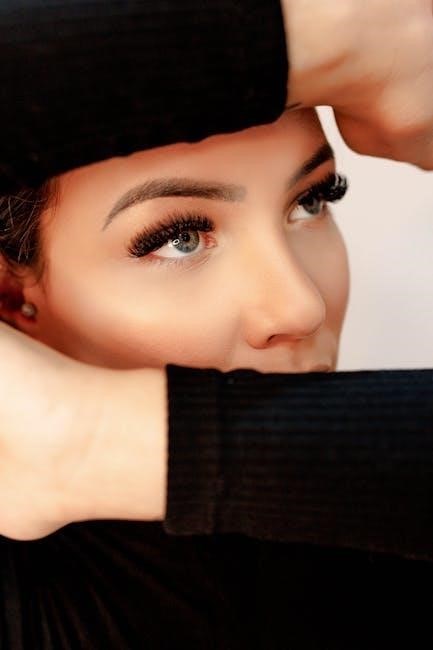
The Guido Look traces its roots to working-class Italian-American communities, particularly in urban areas like New York and New Jersey. Emerging in the late 20th century, it evolved from a blend of traditional Italian heritage and modern urban influences. The style gained prominence in the 1980s and 1990s, heavily influenced by disco and street culture. Early iterations emphasized flashy, bold fashion, including tight-fitting clothing, gold jewelry, and distinctive hairstyles. Over time, the look became synonymous with the GTL (gym, tan, laundry) routine, reflecting a focus on physical appearance and grooming. While often stereotyped in media, the Guido Look represents a unique cultural expression shaped by identity, community, and a vibrant subcultural ethos.
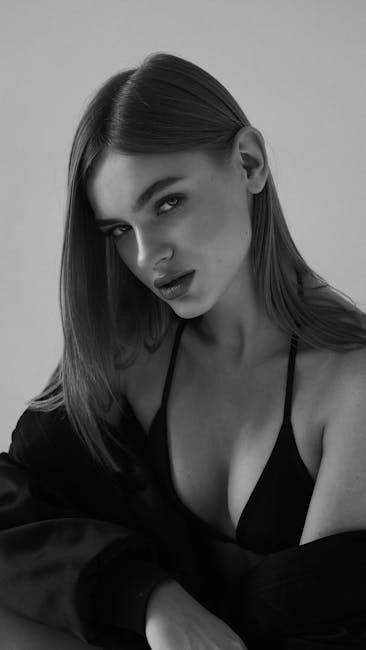
Fashion Elements
The Guido Look features tight, form-fitting clothing, flashy gold jewelry, and bold hairstyles. The style emphasizes a polished, put-together appearance, often paired with a gym, tan, laundry (GTL) aesthetic.
Clothing Style
The Guido Look is defined by a bold, flashy, and often ostentatious wardrobe. Tight-fitting shirts, typically too small to accentuate muscles, are a staple, often paired with tank tops or graphic tees. Tailored tracksuits, leather jackets, and sleek, form-fitting jeans complete the outfit. Footwear ranges from sleek loafers to designer sneakers, emphasizing brand visibility. Accessories like gold chains, bracelets, and rings add a layer of bling, reflecting a “look expensive” mentality. The style often blends gym wear with streetwear, creating a polished yet intimidating appearance. Bright colors, logos, and monograms are common, showcasing a preference for luxury brands. This attire reflects a fusion of working-class roots with aspirational wealth, embodying the gym, tan, laundry (GTL) lifestyle’s emphasis on physical and material presentation. The overall aesthetic is designed to stand out, blending confidence with a touch of brashness.
Hairstyles
The Guido Look is deeply associated with distinctive hairstyles that emphasize a polished, groomed appearance. Often, the hair is styled with generous amounts of hair gel or pomade, creating a sleek, shiny finish. Popular styles include the “blowout,” where hair is volumized and perfectly arranged, or the “pompadour,” which adds height and drama. These hairstyles are often paired with sharp, defined sides, creating a contrast between the voluminous top and clean lines. The look is designed to appear immaculate, reflecting the Guido subculture’s emphasis on meticulous grooming. Hair color often features subtle highlights or a bronzed tone to complement the tan, further enhancing the overall aesthetic. These hairstyles are not just about personal style but also serve as a symbol of pride and identity within the Guido community, aligning with their broader gym, tan, and laundry (GTL) lifestyle.
Accessories
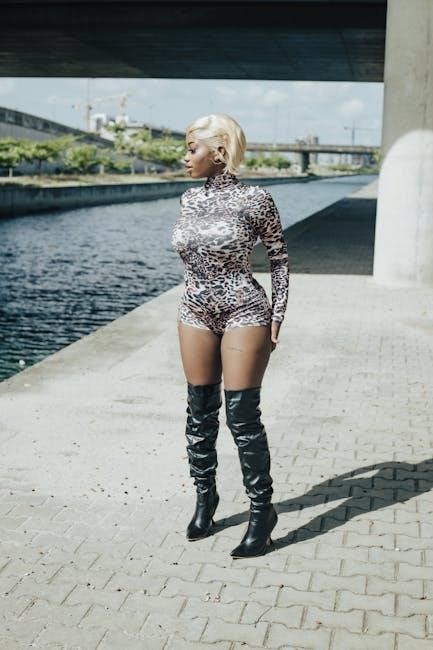
Accessories play a crucial role in completing the Guido Look, often serving as bold statements of style and status. Gold jewelry, such as thick chains, bracelets, and rings, is a hallmark of the Guido aesthetic, symbolizing wealth and confidence. Sunglasses, particularly sleek, designer styles like Oakley or Gucci, are worn to enhance theoverall look, even indoors. Watches, often oversized and flashy, are another key accessory, emphasizing luxury. Leather belts with large, decorative buckles are also common, adding a touch of rugged sophistication. These accessories are meticulously chosen to align with the Guido subculture’s emphasis on appearing polished and affluent. They complement the overall GTL lifestyle, blending seamlessly with the meticulously groomed hair, tan, and tailored clothing to create a cohesive, attention-grabbing appearance. Accessories are not just decorative but integral to the Guido identity, reflecting a blend of swagger and refinement.

Lifestyle and Stereotypes
The Guido lifestyle is deeply rooted in the GTL (gym, tan, laundry) routine, emphasizing physical appearance and materialism. Stereotypes portray them as confident, flashy, and unapologetically showy, often linked to a culture of bravado and swagger.
GTL Routine
The GTL routine—gym, tan, and laundry—is central to the Guido lifestyle, emphasizing meticulous grooming. The gym builds muscle, symbolizing strength and masculinity. A deep, bronzed tan is achieved through regular tanning sessions, often at salons, to maintain a polished look. Laundry ensures pristine, stylish clothing, reflecting attention to detail and a desire to appear affluent. This ritualistic routine is not just about aesthetics; it’s a cultural practice that signifies pride, status, and identity within the subculture, blending physicality with materialism to create a striking, confident presence.
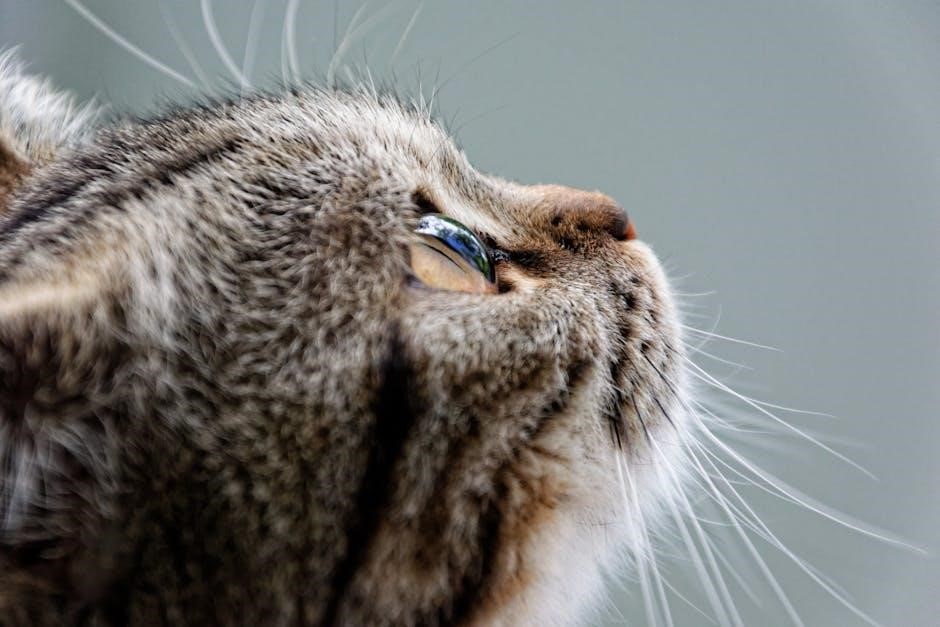
Modern Influences

Modern influences on the Guido look include high-fashion collaborations, such as Guido Palau’s work with Fendi and Prada, blending sleek hairstyles with contemporary accessories and trends.
Celebrity Impact
Celebrities have played a significant role in shaping and popularizing the Guido look. Figures like Mike “The Situation” Sorrentino and DJ Pauly D from Jersey Shore brought the subculture into the mainstream, showcasing its bold style and confident attitude. Their emphasis on gym, tan, and laundry (GTL) became a defining aspect of the Guido aesthetic. Additionally, hairstylist Guido Palau has influenced modern fashion, blending Guido-inspired styles with high-end runway looks for brands like Fendi and Prada. Celebrities continue to embrace and evolve the Guido look, merging it with contemporary trends and luxury fashion. This cultural blending has helped keep the style relevant while introducing it to new audiences worldwide.
Current Fashion Trends
The Guido look has evolved, blending with modern fashion trends while retaining its core elements. Today, the style incorporates tailored fits, luxury accessories, and bold hairstyles. The classic tight-fitting shirts and flashy jewelry remain, but they are now paired with contemporary streetwear influences. High-end brands like Gucci and Versace are often integrated into the look, reflecting a shift toward luxury apparel. Hairstyles have also adapted, with sleek cuts and subtle highlights replacing the once-iconic gel-heavy styles. Additionally, the rise of social media has allowed the Guido aesthetic to reach global audiences, inspiring new variations and interpretations. This fusion of traditional and modern elements keeps the Guido look fresh and relevant in today’s fashion landscape.

